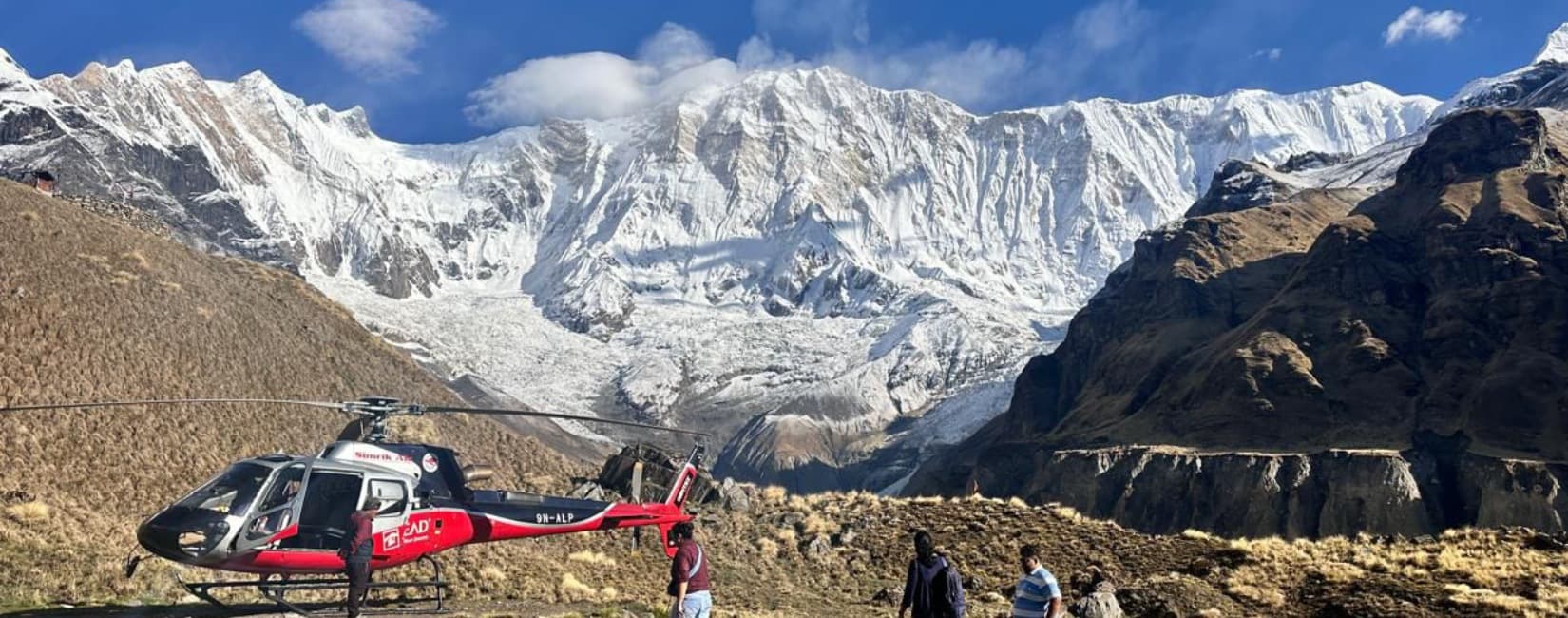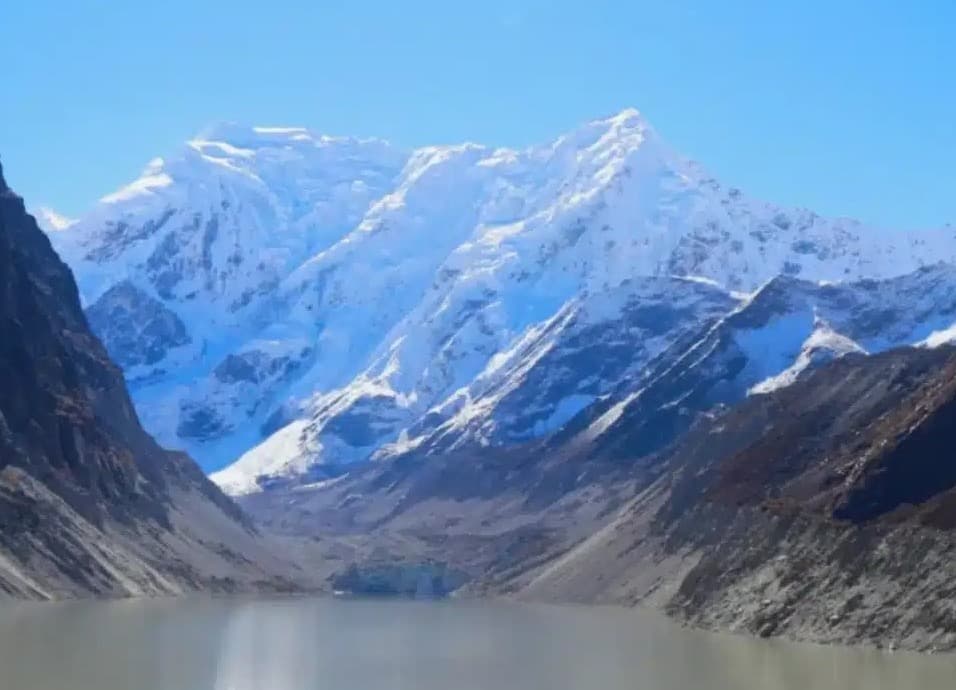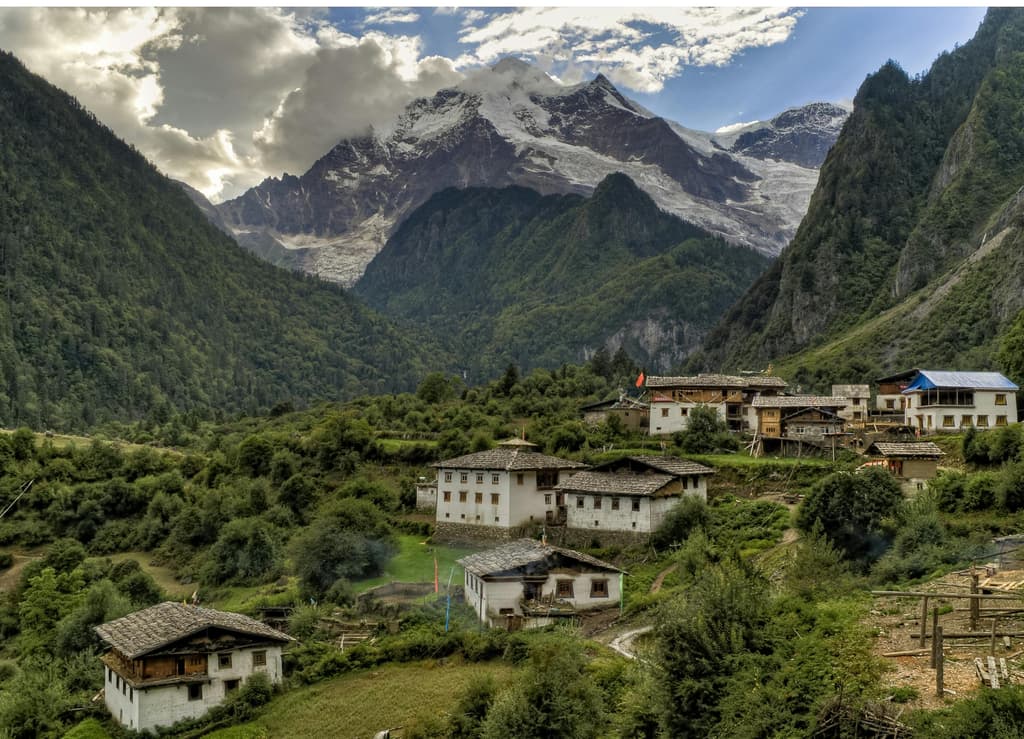Budget vs Luxury
Nepal is often described as a trekker’s paradise, and it’s easy to see why. From the soaring peaks of the Everest region to the peaceful valleys of Langtang and the diverse landscapes of Annapurna, the country offers some of the most beautiful trails in the world. But before you set out on your Himalayan journey, there’s one important decision to make: do you want to trek budget style, staying in charming tea houses, or do you prefer the comfort of a luxury trek with upscale lodges and extra conveniences?
Both options are incredible in their own ways. You’ll walk on the same trails, breathe the same crisp mountain air, and stand in awe before the same towering peaks. The difference lies in the journey itself — how comfortable you want to be along the way, how much cultural immersion you desire, and how much you’re willing to spend. This blog explores both sides, showing how budget and luxury trekking in Nepal each offer their own magic.
The Allure of Luxury Trekking
Luxury trekking in Nepal has gained popularity over the last decade, appealing to travelers who want the thrill of walking in the Himalayas but prefer modern comforts when the day is done. After a long hike, instead of a basic room, you check into a well-appointed lodge with heating, private bathrooms, hot showers, and even Wi-Fi. Dinner isn’t just dal bhat, but a selection of Nepali and international dishes prepared with care.
Luxury treks often feature shorter daily stages, giving you more time to relax and enjoy the scenery. Porters carry your heavy bags, leaving you with just a light daypack. Some itineraries even include helicopter transfers, cutting days off the return journey while offering unforgettable aerial views of the Himalayas.
Safety and support are also key aspects. Luxury treks are led by highly experienced guides trained in first aid and altitude management, with oxygen support and quick helicopter evacuation available if needed. For families, older travelers, or anyone who values peace of mind, this adds huge value.
Treks like the Everest Base Camp Luxury Trek, Annapurna Base Camp Luxury Trek, or the Upper Mustang Luxury Trek are excellent examples, blending adventure with high comfort.
But luxury also comes with an environmental footprint. Helicopter flights, imported foods, and higher energy use in lodges all have a bigger impact on fragile mountain ecosystems. Many companies balance this with carbon offset programs, investments in eco-friendly lodges, and supporting local conservation projects. Choosing a responsible operator helps ensure that comfort does not come at the cost of the environment.
The Magic of Budget Trekking
While luxury trekking sounds tempting, Nepal’s traditional budget trekking — also known as tea house trekking — holds a unique charm that many consider the heart of the Himalayan experience. Tea houses are family-run lodges dotted along the trails, offering trekkers a warm place to sleep, hearty meals, and a chance to connect with locals.
And let’s be clear: budget trekking is not “roughing it” to the extreme. Most tea houses are clean, cozy, and surprisingly comfortable. Rooms are simple, usually with twin beds and blankets, but they provide exactly what you need after a long day of walking. Dining halls are social hubs where trekkers from around the world gather around wood stoves, sharing stories over plates of dal bhat, noodles, soups, or even pancakes and fried rice. Menus have expanded a lot over the years, and while variety is less than in luxury lodges, meals are still tasty, filling, and fresh.
Guides and porters are common on budget treks too — you don’t have to trek independently unless you want to. Hiring a guide enriches your journey with cultural insights, ensures your safety, and helps with route management. A porter makes the experience lighter and more enjoyable, carrying the bulk of your gear so you can focus on the scenery.
Far from being uncomfortable, tea house trekking gives you something money can’t always buy: authentic cultural immersion. You’ll get to know the local families who run the lodges, learn about their traditions, and see how life unfolds in these mountain villages. For many travelers, this authentic connection is the highlight of the entire trip.
It’s also the more sustainable choice in many ways. By staying in tea houses, you’re directly supporting local families and communities, keeping money in the villages rather than sending it back to city-based companies. Meals are cooked with local ingredients, minimizing transport emissions, and energy use is typically lower compared to luxury lodges. Budget trekkers often find themselves contributing more naturally to community-based tourism and cultural preservation.
Everest Base Camp: Two Journeys, One Goal
Take Nepal’s most iconic trek — the Everest Base Camp (EBC) Trek.
On a budget trek, you fly into Lukla, walk along historic trails, and stay in tea houses along the way. Nights are cool, meals simple but nourishing, and the company unforgettable. You’ll likely make friends with fellow trekkers over tea or sit with your guide by the fire, swapping stories about mountain life. The joy of budget trekking lies in this simplicity — every step feels like part of a shared adventure.
On a luxury trek to EBC, the journey is softened. After your day’s walk, you retreat to an upscale lodge where heated blankets and private bathrooms await. Meals are more varied, and the pace often slower, allowing for greater comfort. On some itineraries, the return journey to Kathmandu is by helicopter, turning days of descent into an exhilarating 45-minute flight over the Himalayas.
From a sustainability angle, tea houses rely on local resources and labor, while luxury treks often involve higher-energy infrastructure and more waste. But responsible luxury operators are working on eco-lodge designs and clean energy. The key is choosing operators who respect the fragile Khumbu environment.
Both trekkers stand at the same Base Camp, staring up at Everest, hearts full of wonder. The path is the same, but the way you experience it differs. One trek is flavored with raw authenticity, the other with refined comfort.
Annapurna vs Langtang: Budget and Luxury Options
The Annapurna region is another excellent place to see the contrast. Budget trekkers often walk the famous Annapurna Circuit, staying in tea houses that dot the trail through villages and farmland, enjoying hearty meals and rustic hospitality. Luxury trekkers, meanwhile, may opt for the Annapurna Base Camp Luxury Trek, staying in lodges with panoramic dining rooms, comfortable bedding, and better facilities, sometimes flying part of the route by helicopter to save time.
In the Langtang Valley, budget trekkers stay in modest lodges run by local families many rebuilt after the 2015 earthquake. The warmth of the Langtang people is legendary, and tea house stays here create lasting memories. Luxury trekkers can still experience Langtang but with upgraded lodges that provide more comfort without losing the authenticity of the region.
Both regions highlight how Nepal offers something for every traveler. And both face sustainability challenges, from trail erosion to waste management. Travelers who carry reusable bottles, avoid single-use plastics, and respect local customs contribute positively no matter what style they choose.
The Cultural Side of Trekking
One of the most rewarding aspects of trekking in Nepal is cultural immersion, and budget trekking excels here. Tea houses aren’t just accommodation — they are family homes. You eat what the family cooks, watch their daily routines, and often join in conversations about farming, festivals, and traditions. For many, this interaction with locals is as memorable as the mountain views.
Luxury trekking offers cultural immersion too, though in a more curated form. Many upscale lodges are still locally owned and operated, and guides often share cultural knowledge along the way. However, the layer of comfort sometimes creates a gentle buffer between trekkers and the rawness of village life.
From a sustainability perspective, both styles can support culture if done respectfully. Staying in family-owned tea houses directly benefits local heritage, while luxury treks that employ local staff and source food responsibly can also give back. The key is mindful travel.
When to Trek: Best Seasons
Trekking is possible year-round, but spring (March–May) and autumn (September–November) are widely considered the best times. Spring brings warmer days and blooming rhododendrons, while autumn offers crystal-clear skies and excellent mountain visibility. Winter trekking is possible but colder, requiring more preparation, while the monsoon season transforms the hills into lush green landscapes, though with slippery trails and occasional leeches.
Luxury trekkers may find off-season trekking easier thanks to heated rooms and better facilities, while budget trekkers often prefer spring and autumn for the most comfortable balance of weather and accessibility.
Gear and Packing Tips
Your packing list will look slightly different depending on your trekking style. On a budget trek, you’ll often need to carry your own sleeping bag and be more self-sufficient with layers, snacks, and essentials. Luxury trekkers usually have porters to carry gear, and some companies even provide sleeping bags, down jackets, or trekking poles.
Regardless of your choice, good boots, warm layers, sunscreen, and a reliable daypack are essential. Trekking poles help on steep descents, and water purification tablets save money while reducing plastic waste. A camera, of course, is non-negotiable — you’ll want to capture the magic of the Himalayas.
Sustainable trekking also means packing responsibly: avoiding plastic bottles, bringing reusable cutlery, and minimizing single-use items. The less waste you create, the less strain on fragile mountain ecosystems.
Hidden Costs to Keep in Mind
Budget trekking is affordable, but there are small extras you should plan for. Hot showers, Wi-Fi, and charging electronic devices often cost a few dollars each at higher altitudes. Snacks, bottled water, and tips for guides and porters also add to the total.
Luxury trekking usually bundles these costs into the package price, so while you pay more upfront, you don’t have to reach for your wallet as often along the trail. Either way, it’s smart to carry extra cash for flexibility.
Waste management is also part of the hidden cost conversation. Trekkers who buy endless plastic bottles leave behind a bigger environmental footprint. Carrying a reusable bottle and using purification tablets or filters is both cheaper and more eco-friendly.
A Day in the Life
On a budget trek day, you might wake up in a cozy but simple room, head downstairs for pancakes and tea, and set off with your guide along the trail. Lunch could be dal bhat in a village tea house, eaten while chatting with locals. In the evening, you gather in the dining room with other trekkers, sharing laughter, stories, and warmth around the stove.
On a luxury trek day, you wake up in a heated room, enjoy a hot shower, and sit down to a varied breakfast with fresh coffee. Your daypack is light, your porter carries your gear, and lunch might include both local dishes and Western options. The evening is spent in a comfortable lodge, perhaps checking Wi-Fi to update family back home or enjoying a peaceful night’s sleep with extra comfort.
Both days are filled with the same mountains, the same beauty — just shaped by different levels of comfort. And both can be sustainable if trekkers respect the environment, avoid littering, and support local communities.
Frequently Asked Questions
Is luxury trekking worth it
If comfort, ease, and safety are priorities, then yes. Luxury trekking takes away the physical and logistical strain, letting you focus fully on the landscapes and culture.
Can beginners do budget trekking?
Definitely. With a guide and porter, beginners can enjoy budget trekking safely. The tea house system makes trekking accessible for people of all backgrounds.
Do tea houses serve only dal bhat?
Not at all. While dal bhat is a staple, tea house menus also include noodles, soups, fried rice, pancakes, momos (dumplings), and more. The food is simple but tasty.
What’s the cheapest trek in Nepal?
Shorter treks like Ghorepani Poon Hill or Langtang Valley are affordable and beginner-friendly, with plenty of tea house options.
Do luxury treks feel authentic?
Yes, you still walk the same trails and see the same mountains. The difference is that your nights are spent in more comfortable lodges, with extra services to enhance the experience.
Which style is more sustainable?
Tea house trekking usually has the lighter footprint because it relies on local food, resources, and family-run lodges. Luxury trekking can be sustainable too if lodges use renewable energy, limit waste, and employ local staff. The responsibility lies with both operators and trekkers.
Final Thoughts
Nepal’s beauty lies in its ability to cater to everyone. Budget trekking offers authenticity, cultural intimacy, and affordability, while luxury trekking provides comfort, safety, and exclusivity. Both will take you through incredible landscapes and leave you with memories to last a lifetime.
Whether you choose to sip cappuccino in a luxury lodge overlooking Everest or share dal bhat with a family in a Langtang tea house, one thing is certain: Nepal will leave its mark on your heart. The mountains, the culture, and the people ensure that every trek — budget or luxury — is an adventure worth taking.
And whichever style you choose, traveling sustainably is the most important part. Carry less plastic, support local businesses, respect traditions, and tread lightly on the trails. That way, Nepal’s mountains will stay as breathtaking for the next generation of trekkers as they are for you.











